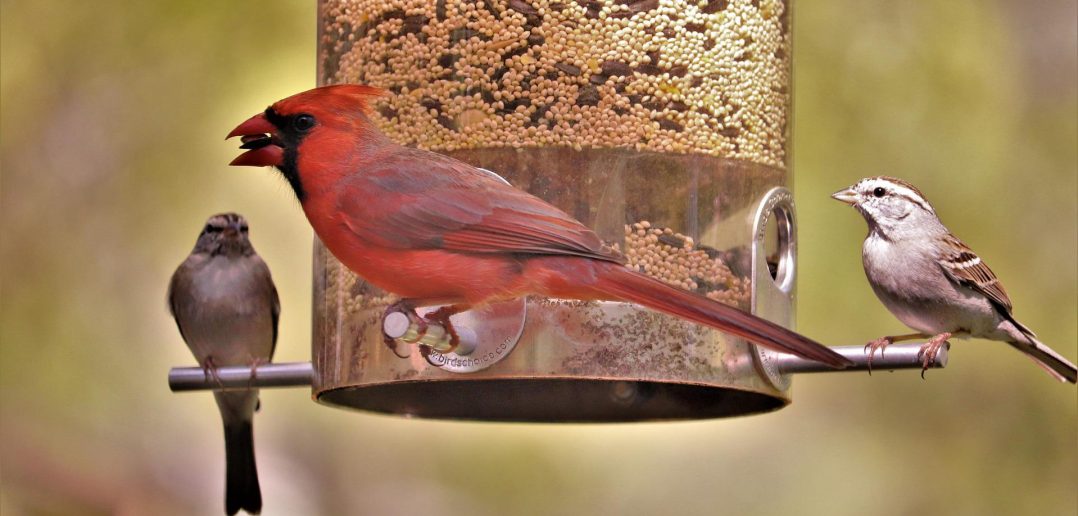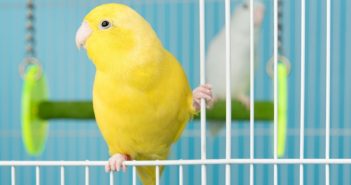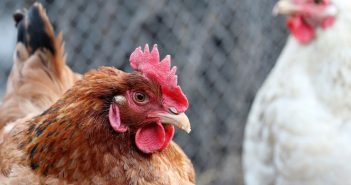(ARA) – Backyard bird feeding is an easy way to enjoy wildlife up close and personal. Feeders, and the beautiful birds that perch upon them, can brighten up any garden or yard. More importantly, however, is that bird feeding is very beneficial to the outdoor ‘pets’ we adore so much.
There are many types of birds that have become well-adapted to taking advantage of bird feeders. In fact, according to the National Audubon Society, more than 100 species supplement their natural diets with birdseed, suet, fruit, and nectar obtained from feeders. Plus, many are so widespread in their range that they’ll feast almost anywhere in the United States, from California to New York.
To accommodate this wide variety of birds, there is a wide variety of feeders: hopper feeders, tube feeders, platform feeders, suet feeders — the list goes on and on. Choosing a feeder is ultimately a matter of satisfying the specific preferences of the birds you want to attract. In other words, the birds you desire to feed will determine the type of food you put out. The food, in turn, helps to determine which feeder you should use.
For example, desirable birds like cardinals, woodpeckers and chickadees are attracted to feeders filled with premium seeds and real fruit. Foods like Wild Delight Less Mess Cardinal Food work great for attracting these birds because they’re made with real raisins, cranberries and cherries that sought-after birds love. As a result, feeders that accommodate large fruit pieces and seeds are necessary to attract these types of birds.
Some feeders work well for a number of different types of food. Hopper feeders and platform feeders are big and bird-friendly. They can hold almost any size seed and a lot of it, so they have to be refilled less often. Large fruit pieces and nuts, like those found in Wild Delight Less Mess Fruit & Berry, can easily be accessed from either of these feeders.
Tube feeders are extremely popular and come with feeding ports (the holes where the birds access the food) of varying sizes in order to accommodate different types of food. A tube feeder with large holes will let sunflower seeds and fruit pieces through, while others with small holes should be used for small seeds like Nyjer. Tube feeders are ideal for smaller birds like finches and pine siskins because they have small perches that large perching birds like starlings can’t grip.
Suet feeders, which are wire cages specifically made to hold suet, are an excellent way to offer your outdoor pets a variety of dining options. Suet is the hard, white fat on the kidneys and loins of cattle and other animals, and is a favorite of many birds. Some suet products, like Wild Delight Deck, Porch N’ Patio Suet, are even mixed with nuts like pistachios. If it were up to the birds, they would take the entire piece of suet away with them. Thankfully, the suet feeder cage design only allows small chunks to be eaten at a time, which means that desirable birds such as woodpeckers and nuthatches visit more often — so you get more time to enjoy watching them.
Yet another type of feeder is the mesh feeder. This kind of feeder is used for dispensing larger seeds such as black oil sunflower seeds. Mesh feeders, somewhat similar to tube feeders, are meant to attract birds that cling because other birds cannot perch on them. This helps to keep starlings and other nuisance birds away. More significant is that they’re designed to resist squirrel damage. Squirrels can use these feeders, but will be frustrated because they can only pick one seed at a time.
Very similar to the mesh feeders are finch sock feeders, which are mesh bags that allow finches to cling to them and discourage other birds from stealing seed. Products like the Wild Delight Finch Sock Feeder come already stocked with premium Nyjer seed, creating a convenient, all-in-one feed and feeder combination.
There are a number of helpful resources today that can help you pick out the appropriate types of food needed to attract desirable birds, and the feeders that suit them best. In fact, Web sites such as www.WildDelight.com are becoming a popular reference point for outdoor pet lovers.
Finally, remember that no matter what feeder appears to best suit a particular situation or yard, the key is really the type of food you put in it. Want better birds? Feed them premium food. Want to make it easy for birds to eat the premium food? Make sure you put it in the right type of feeder. With all the different types and styles of feeders available today, there have never been more opportunities to enjoy outdoor pets and the entertaining hobby of backyard bird feeding.





3 Comments
Hi, I found your blog on this new directory of WordPress Blogs at blackhatbootcamp.com/listofwordpressblogs. I dont know how your blog came up, must have been a typo, i duno. Anyways, I just clicked it and here I am. Your blog looks good. Have a nice day. James.
I am always searching for good interesting information and latest news about attracting birds. Just found your blog, thx for the info!
Thank you Sanjeev, for your comments. Send us piutcres of the bird-feeder that you and your kids have made and we will include it on our Web site.